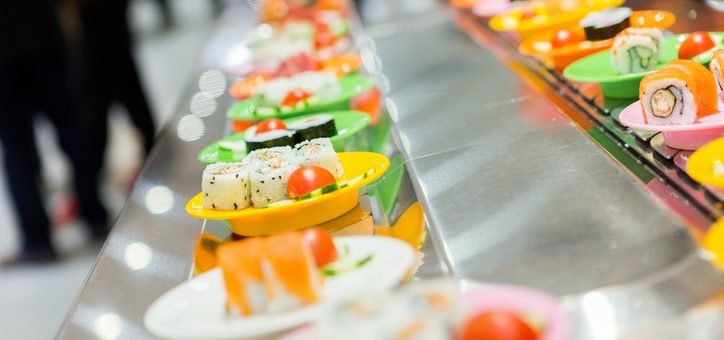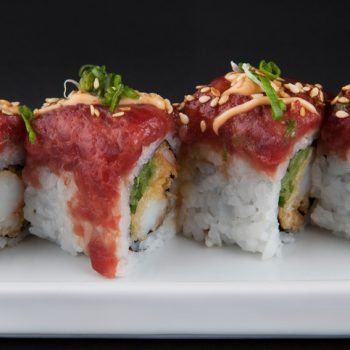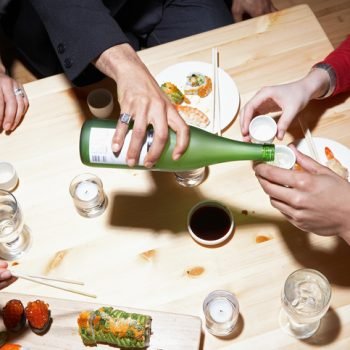
Traditional Sushi vs Modern Sushi
- Posted by admin
- On December 2, 2016
- 0 Comments
There will always be a debate over the “best” way to prepare and serve food. Some insist on maintaining a traditional approach and that anything which breaks from it is to be shunned. Others insist on using the latest in modern techniques, and anything which does not take advantage of new ideas is stuck in a rut.
Sushi is no more immune to this debate than any other cuisine. At Matsuhisa, we believe that there is great value to both approaches and that one must understand the history of traditional sushi before embarking on creating its future.
How You Roll
If one spends a few moments looking at the way sushi is served in Japan and America, one difference becomes almost painfully obvious. In Japan, the maki (roll) is served with the noru (seaweed) wrapped around the rice surrounding the fish.
In America, the rice is packed around the noru which is wrapped around the fish. Since American habits have been to use chopsticks, the packed rice makes it easier to handle that way. But we won’t fault you if you decide to use your fingers as they do in Japan.
East vs. West
A purist might argue that Japanese sushi should be treated like French champagne or Kentucky bourbon. It should only qualify as “sushi” if it is made in Japanese restaurants in Japan by chefs who have spent years learning the art.
While there is a distinct difference between the preparation techniques and training that take place in Japan and outside of it, we feel that it is the end result which matters most. After all, Chef Nobu’s classical training hasn’t stopped him from finding new ways to prepare delicious sushi.
Pull Up a Seat
The term “sushi bar” has a distinctly different meaning in Japan than it does in the United States. In Japan, it has a lot of the atmosphere of a neighborhood bar. The chefs joke with regulars and serve up increasingly heavier pieces of fish in a progression, with a few thoughtful suggestions about where to go next. A bit of sashimi (raw fish without rice) to start, or nigiri (raw fish over rice) if a more substantial start is desired. The chef then may prepare the maki, perhaps saving the temaki (hand roll) for the finishing dish.
For all of that, a Japanese sushi bar is visited infrequently in Japan and considered an occasional treat instead of a regular meal – in much the same way that a very nice restaurant or steakhouse would be frequented in America. In this respect, American restaurants fill the same role as their counterparts in Japan, but the experience can be more formal. At Matsuhisa, we elevate the art of sushi to the level of fine dining and offer our customers the very best in modern sushi.


